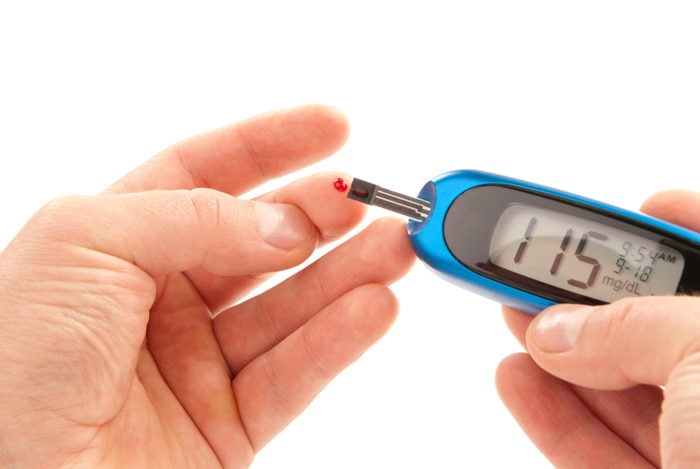
Written By: Sofia Layarda, MPH
Title: Master of Public Health
Alumni: University of California, Berkeley
Last Updated on:

Food Network TV personality Paula Deen’s recent announcement of her diabetes diagnosis and subsequent partnership with a diabetes drug maker ignited a lot of passionate discussion. What is probably lost in the flurry is that a big part of managing diabetes (or a prediabetes diagnosis) involves diet and exercise. In some cases, medications are included as part of an overall treatment plan, but popping a pill does not equal managing your diabetes if the improved eating and exercising habits are absent.

Table of Contents
So what do you eat when you are diagnosed with prediabetes? The good news is, there is no specific meal plan. Listen to our audio interview with dietitian Susan Burke March for more details on a prediabetes diagnosis as well as an appropriate eating plan. The general outlines of a heart-healthy diet with plenty of fresh fruits, vegetables, lean meats, fish, legumes, and whole grains is a good place to start. Why heart-healthy? Because a prediabetes diagnosis often coexists with other cardiovascular risk factors such as high blood pressure, out-of-whack cholesterol numbers, and being overweight.
Home blood glucose monitoring is the best way to find out what your blood sugar level is at throughout the day. If that’s not an option, you should learn to recognize symptoms of hyperglycemia (high blood glucose) and hypoglycemia (low blood glucose).
The best way to treat hypoglycemia is to eat some form of sugar immediately. Have half a cup of juice, 1 Tbsp of honey, or 4 teaspoons of sugar immediately.
Yes, we mostly talk about food and nutrition. But it is worth noting that exercise alone has been shown to improve blood sugar control as well as raise the level of HDL (good) cholesterol. Add to that the improved cardiovascular fitness and gain in muscle mass, which help with weight management, and there really is no excuse to stay parked on that couch.
Someone who is prediabetic has higher blood sugar readings than what is considered to be normal, yet not high enough to qualify as having full-blown diabetes. Work out a diabetes care plan with your physician and take charge of your eating and physical activity patterns today to ward off the progression to diabetes and diabetes-related complications.
Alumni: University of California, Berkeley – Sofia believes in bringing back fun and pleasure into everyday eating. She loves cooking, and is constantly experimenting with ingredients, creating recipes and trying them out on family and friends. Her latest interest lies in finding realistic and practical ways of environmentally-friendly food/eating habits.
diabetes diet, hyperglycemia, hypoglycemia, lose that weight